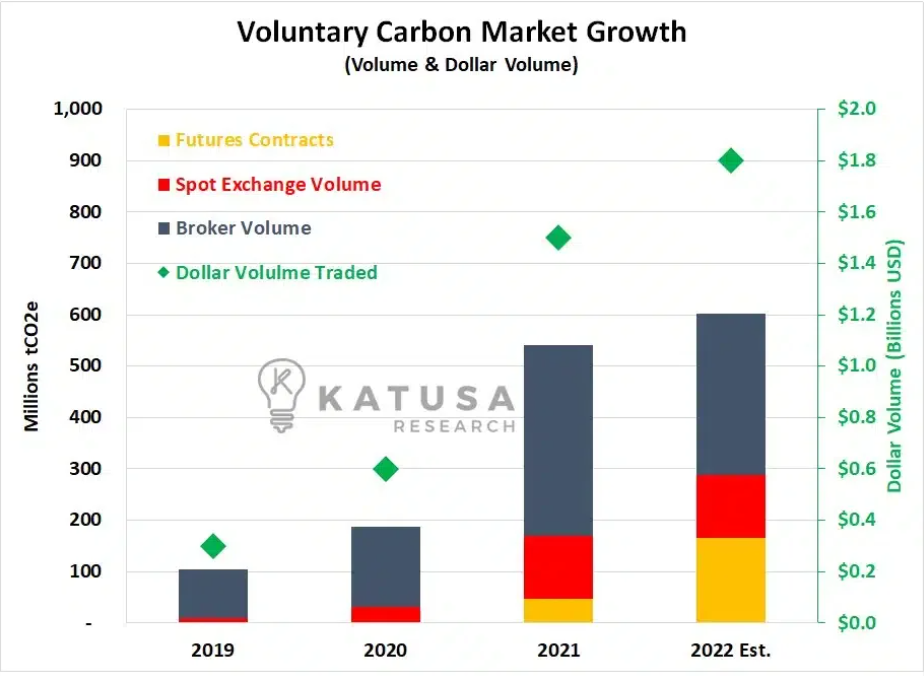In the context of the global shift towards an environmentally friendly future economy, the role of carbon credits has emerged with the potential to transform how we approach production and consumption. Beyond being merely a financial tool, carbon credits can generate a significant wave of progress in promoting sustainable development and mitigating the impacts of climate change on the planet.
How does carbon credit contribute to reducing emissions?
Carbon credits, a unique market mechanism, have been established to provide financial incentives for companies to reduce their carbon footprint and invest in more sustainable and cleaner activities and systems. The effectiveness of these credits largely depends on government influence. Under mandatory systems, companies must audit and adhere to limits on the total greenhouse gas emissions they are allowed to release over a certain period. In case of violations, companies will face penalties or purchase carbon credits from surplus units to offset their emissions. Conversely, if a company surpasses its targets and emits below the limit, they accumulate surplus carbon credits.
Voluntary Carbon Market (VCM)
In addition to the aforementioned approach, companies can also generate carbon credits through the implementation of projects that reduce or eliminate existing airborne emissions. Sample projects include reforestation, waste treatment, installation of renewable energy systems, carbon capture and storage. Companies can also indirectly engage in projects by funding their initial development stages.
These credits are traded on the Voluntary Carbon Market (VCM), a market that is continually growing in terms of transaction volume and value, reaching billions of dollars. Carbon credits within the VCM play a significant role in emission reduction, creating opportunities for businesses to proactively offset and support efforts to mitigate negative environmental impacts.

McKinsey predicts that annual demand for carbon credits will increase to 2.0 gigatons of carbon dioxide (GtCO2) by 2030 and 13 GtCO2 by 2050.

How are carbon credits generated from forest projects?
Let's explore how carbon credits are generated from one of the typical project types - forest projects.
Carbon credits often originate from the agricultural and forestry sectors, through afforestation or tree protection. Firstly, you need to select an appropriate project type within three categories: afforestation, reforestation, or sustainable forest management. Then, you must develop a detailed project plan, including area, tree species, carbon sequestration capacity (amount of carbon absorbed and stored), and implementation timeline. Register the project with reputable carbon standard organizations such as Verra's VCS, Gold Standard, and American Carbon Registry. It's important to monitor the progress of tree planting or forest management through third-party auditing units to ensure compliance with standards. Only when the project is verified can you sell credits to businesses for offsetting.
A carbon credit-generating project can follow these key steps:
Project Development: Identify and plan a project to reduce emissions or enhance carbon sequestration. Determine activities, location, baseline emissions, and expected reductions along with environmental impacts.
Verification and Validation: Collaborate with carbon standard organizations and independent auditors to verify the environmental benefits of the project. Calculate emission reductions and carbon sequestration using reliable methods.
Carbon Credit Issuance: Receive credits based on the verified emission reductions from the project.
Registration and Trading: Register credits in a portfolio for trading. Interested buyers can purchase them for offsetting emissions and supporting your efforts.
How can carbon credits generate additional revenue?
Apart from trading on exchanges, you can negotiate private transactions with buyers, offering flexibility in pricing and contract terms. Collaborating with carbon offset service providers and distributing your credits through their platforms is another option to reach a wider audience.
Conclusion
Carbon credits not only contribute to emission reduction but also create opportunities for sustainable income. From project creation to trading agreements, carbon credits have become a crucial part of the journey to promote sustainable development and safeguard the environment.